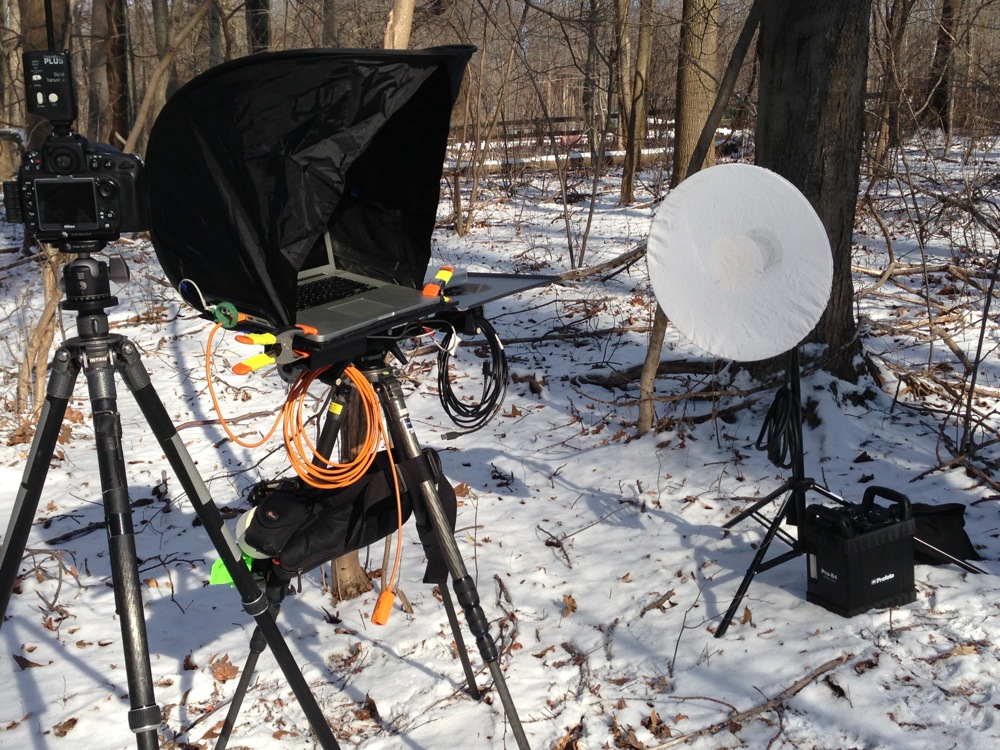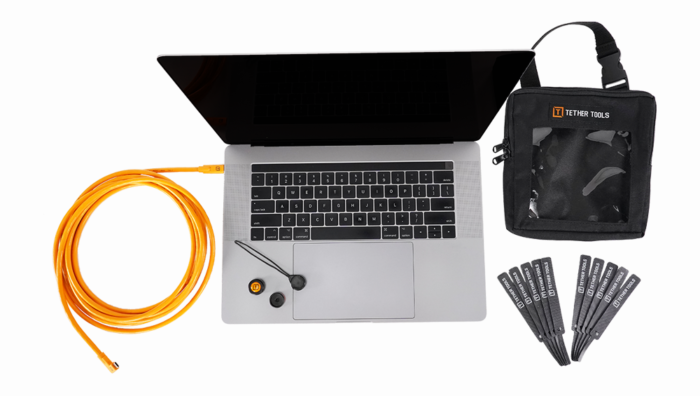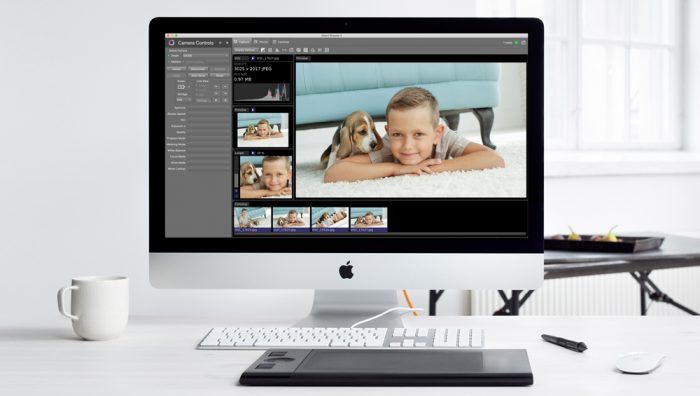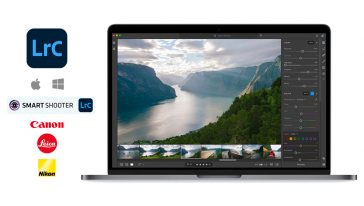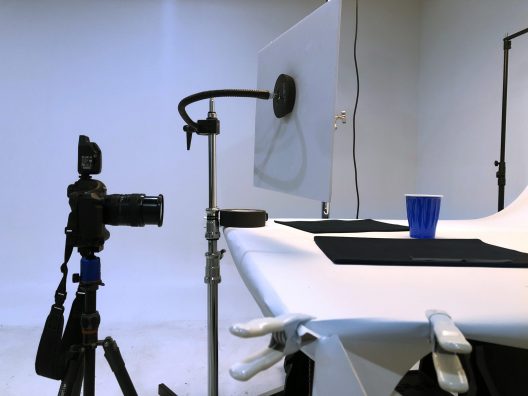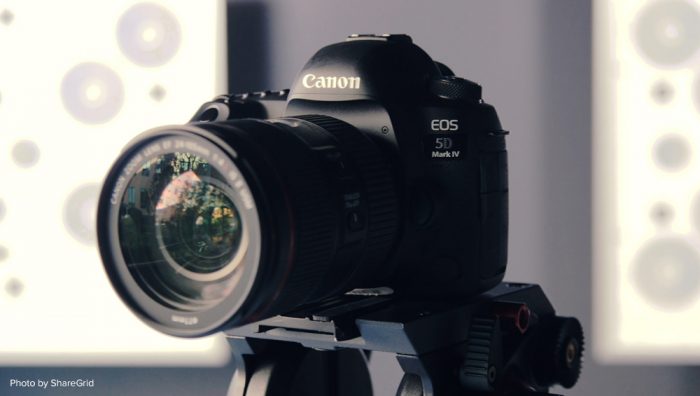
You just bought a shiny, new camera. Congratulations! After getting to know your new camera, you are probably wondering what to do next. If you are a seasoned tethered photographer or just starting out with tethering, you’ve come to the right place. It’s important to note that while you might already have a TetherPro Cable for your old camera, not all cameras use the same cable connectors. The first thing you’ll want to do is head over to our Camera Compatibility Guide and enter the Manufacturer and Model of your camera. From there, you’ll want to consider any other accessories (tethered-related or not) you’ll need. Let’s take a look at what options there are for you.
Tripod
First and foremost, the goal of every photoshoot is to capture the vision you’re creating. In order to do that, you’ll need pin-sharp and detailed images. A tripod can help you achieve that. How so? A tripod is pivotal for most photographers because it offers a way to hold your camera at exactly the right angle while keeping it absolutely still. If you’re shooting in either low lighting, long exposures, landscape photography, and even self-portraits and macro photography, a tripod is an essential part in achieving the perfect shot without having to worry if you’re holding the camera at the perfect angle or perfectly still. The tripod does the work for you, so you can spend more time compositing the image and ensuring you’re capturing your subject as best as possible.
Tethering
By definition, tethered photography is the process of shooting with your camera connected to your computer or mobile device, so that photos are uploaded instantly to the computer. Once uploaded, you can set your computer to automatically categorize and name images, send them off to a server for clients, or make files available to an assistant for quick edits on the fly. Tethering also allows you to take crisp, clear shots that are consistent since you are able to review images in real time. If you specialize in commercial, food, fashion, portrait, or high-volume photography, tethering can be an essential part of your workflow.
Starter Tethering Kit
With the Starter Tethering Kit, you’ll have the TetherGuard Cable Management to protect the camera and computer ports as well as ProTab cable ties to keep coiled cables neat and tidy. Packing the kit in the included Cable Organization Case keeps your tethering cables organized and within hands reach.
Add Your Choice of USB Cable TetherPro Cable
TetherPro cables are premium quality and designed for high-capacity photo transfer at fast speed while shooting tethered. Gold plating and ferrite cores reduce noise and signal errors for the most reliable tethering experience. Use our Find Your Cable page to add the correct cable for your style of camera to your Starter Tethering Kit.
Software
Whether it’s Adobe Lightroom, Capture One, or our very own Smart Shooter, you’ll need software in order to review images if you’re tethered. The great thing is that most software has the ability to tether into your camera so that you’re able to tether with either a cable or wirelessly. With each software containing its own list of features and compatible cameras, you’ll want to research to see which one is right for you. Check out our software finder to see what works with your new camera or check out some popular tethering software options below.
Tether Table Aero
When you’re tethering in a studio or on location there are plenty of places you could place your laptop…the floor, a box, or cart, but you’d struggle to find anything more portable, sturdy, and convenient than the Tether Table Aero System. The Tether Table Aero provides a secure platform for your laptop and a wide variety of accessory options to customize your workstation to fit your unique needs. The Tether Table Aero System allows photographers to build a workstation that works for them. Not sure how you might incorporate a Tether Table Aero into your workflow? It’s simple. Start with any tripod or LowBoy Roller Stand and add a stable, lightweight, and portable Tether Table laptop platform and accessorize and customize the setup as you see fit.
-
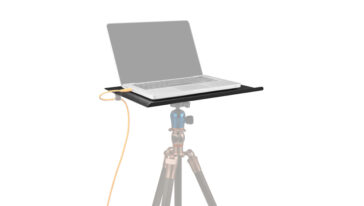
Tether Table Aero
$219.99 Select options This product has multiple variants. The options may be chosen on the product page -
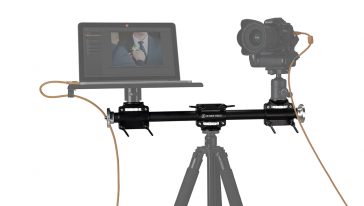
Rock Solid 4-Head Tripod Cross Bar
$129.99 Add to cart -
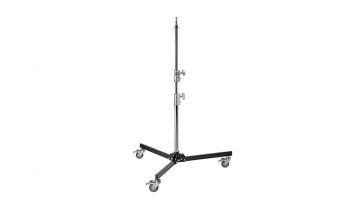
Rock Solid Low Boy Roller
$199.99 Add to cart
Power
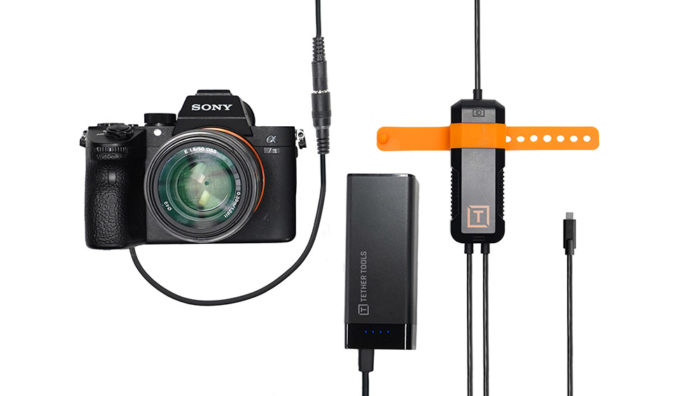
Whether you’re a photographer who shoots mostly on location or in-studio, there is one common thing for both—the need for power. ONsite power solutions allow photographers to charge AC and USB powered devices such as laptops, camera batteries, LED monitors, lights, tablets, phones, and more. The Tether Tools Onsite Power system has designed a power system to charge laptop computers, camera batteries, and other equipment photographers need on a shoot.
-
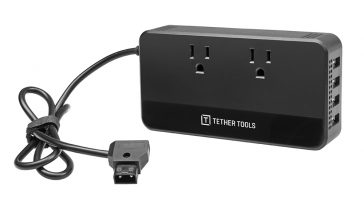
ONsite D-Tap to AC Power Supply
$89.99 Select options This product has multiple variants. The options may be chosen on the product page -
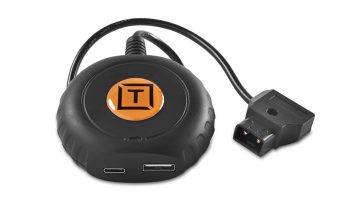
ONsite D-Tap to USB-C PD Adapter
$49.99 Add to cart
Lenses
Did your camera come with a new kit lens? Most lenses are decent enough to a get a good shot and more than adequate if you’re starting out with photography, but we recommend looking at a lens more specific to your needs. When deciding on a lens it’s important to know what camera you have. A Full Frame camera will not crop in your image and will display your lens at its native size. An APS-C sensor on a camera will have a “crop factor” of around 1.5x. For instance, a 50mm lens would be the equivalent of a 75mm or 80mm lens when using a camera with an APS-C sensor.
In addition, you’ll need to determine what subject matter will you be shooting as this will determine the kind of lens you’ll need. For instance, a wide-angle lens, such as a 35mm, is great for landscape and architectural photography, but a narrower lens like a 50mm might be best for shooting portraiture as you want less of the background in the final photo. It’s also important to consider things like depth of field when looking at lenses. Do you want your final shot to have a blurred background filled with the inclusion of bokeh and your subject in the foreground? If so, a lower aperture or lower “f-stop”, such as a f/1.4 lens may be what you want. When it comes to lenses, there is a multitude of options for just about any DSLR or mirrorless camera. The trick is to find out which lenses you’ll want in your camera bag when you go off to a shoot.


